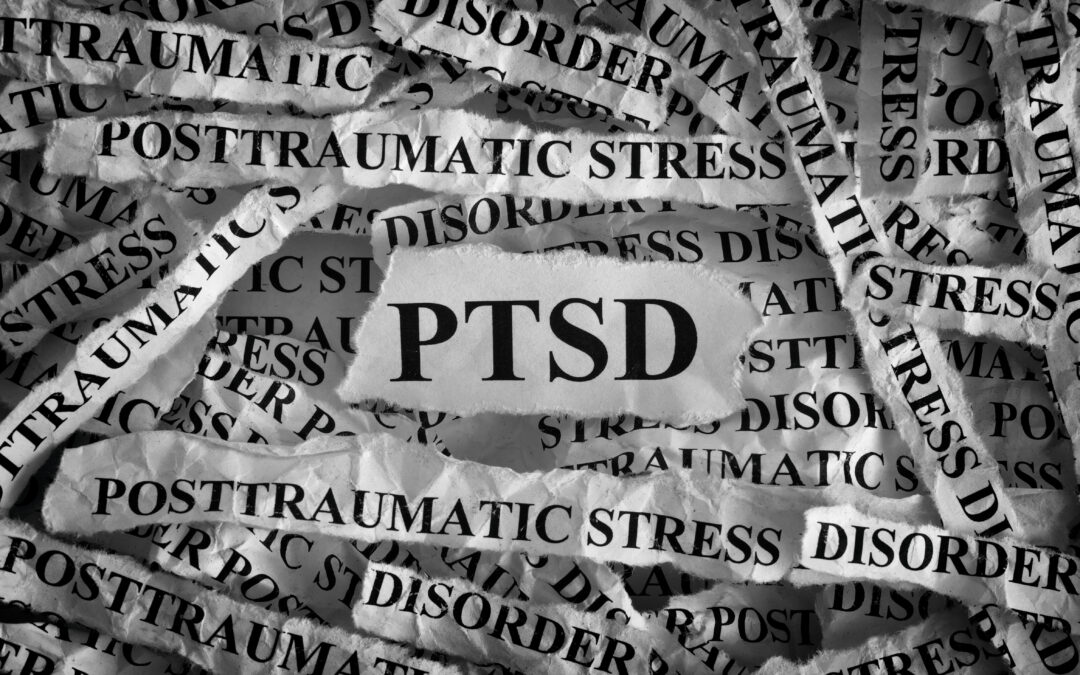Post-Traumatic Stress Disorder (PTSD) can affect anyone who has experienced or witnessed a traumatic event. This mental health condition can develop after various forms of trauma, including natural disasters, serious accidents, or personal assaults. Understanding the breadth of PTSD’s impact is crucial for recognizing its signs and seeking appropriate support.
Often associated with military combat, PTSD was first diagnosed in soldiers during World War I as “shell shock.” However, PTSD is just as common among civilians. According to the National Institute of Mental Health, approximately 6% of U.S. adults will experience PTSD at some point in their lives and per most recent statistics, 0.4% of the population is currently serving in the military. Trauma does not recognize uniforms, borders, or demographics — although women who experience trauma are twice as likely to develop PTSD than men. Globally, the World Health Organization estimates that around 3.9% of people have had PTSD at some stage.
Many events can trigger this condition, including physical or sexual assault, serious accidents, natural disasters, and witnessing violence or injury. Additionally, prolonged exposure to traumatic situations, like ongoing abuse, can increase the risk of developing PTSD which manifests in various forms, each with distinct characteristics.
- Acute Stress Disorder: Occurs within the first month after a traumatic event and can transition into PTSD if symptoms persist.
- Uncomplicated PTSD: Involves persistent re-experiencing of the trauma, avoidance, and heightened arousal — all core symptoms without co-occurring conditions.
- Complex PTSD: Results from prolonged or repeated trauma, especially during early life, often involving additional symptoms like emotional regulation difficulties and negative self-perception.
- Dissociative PTSD: Includes symptoms of depersonalization and derealization, where individuals feel detached from themselves or their surroundings as coping mechanisms.
Symptoms don’t always appear right away, taking months or even years to appear before they affect daily functioning and quality of life. Each case is different, but recognizing the core symptoms of PTSD, which can vary in intensity and duration, can lead to earlier intervention and prevent the condition from becoming more severe or chronic.
- Intrusive thoughts such as unwanted memories, nightmares, and flashbacks of the traumatic event.
- Deliberate evasion of reminders associated with the trauma including places, objects, events, thoughts, or feelings, also known as avoidance.
- Changes in cognition or mood: negative thoughts, feelings of hopelessness, detachment from friends and family, or distorted memory.
- Changes in arousal and reactivity: easily startled, feeling tense, difficulty sleeping, or outbursts of anger.
There are also factors that can increase the likelihood of developing PTSD. More intense or prolonged traumatic events elevate the risk. Individuals with a history of depression or anxiety disorders are more susceptible. Limited social support after the trauma can hinder recovery.
Experiencing other life stressors, such as financial difficulties, can compound the impact of trauma.
Effective treatments for PTSD are available and can significantly improve outcomes. At Hickory Recovery Network, we understand that PTSD can affect anyone, regardless of their background or experiences. Our dedicated team offers comprehensive care tailored to each individual’s needs, providing a safe and supportive environment for healing.
If you or someone you know is struggling with PTSD, please reach out to us at 800-668-0336 for a confidential consultation. Seeking professional help is a critical step toward recovery, and we’re here to support you every step of the way.

